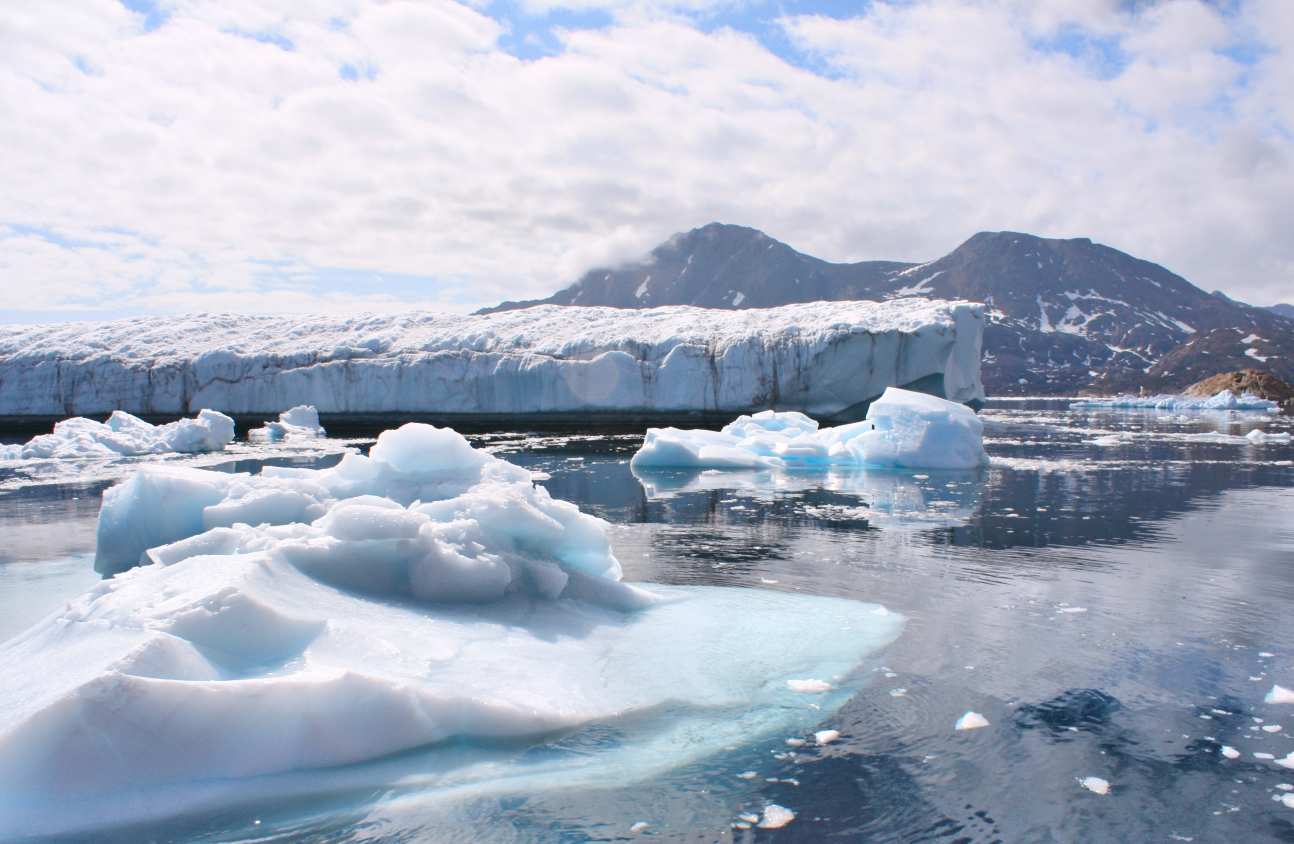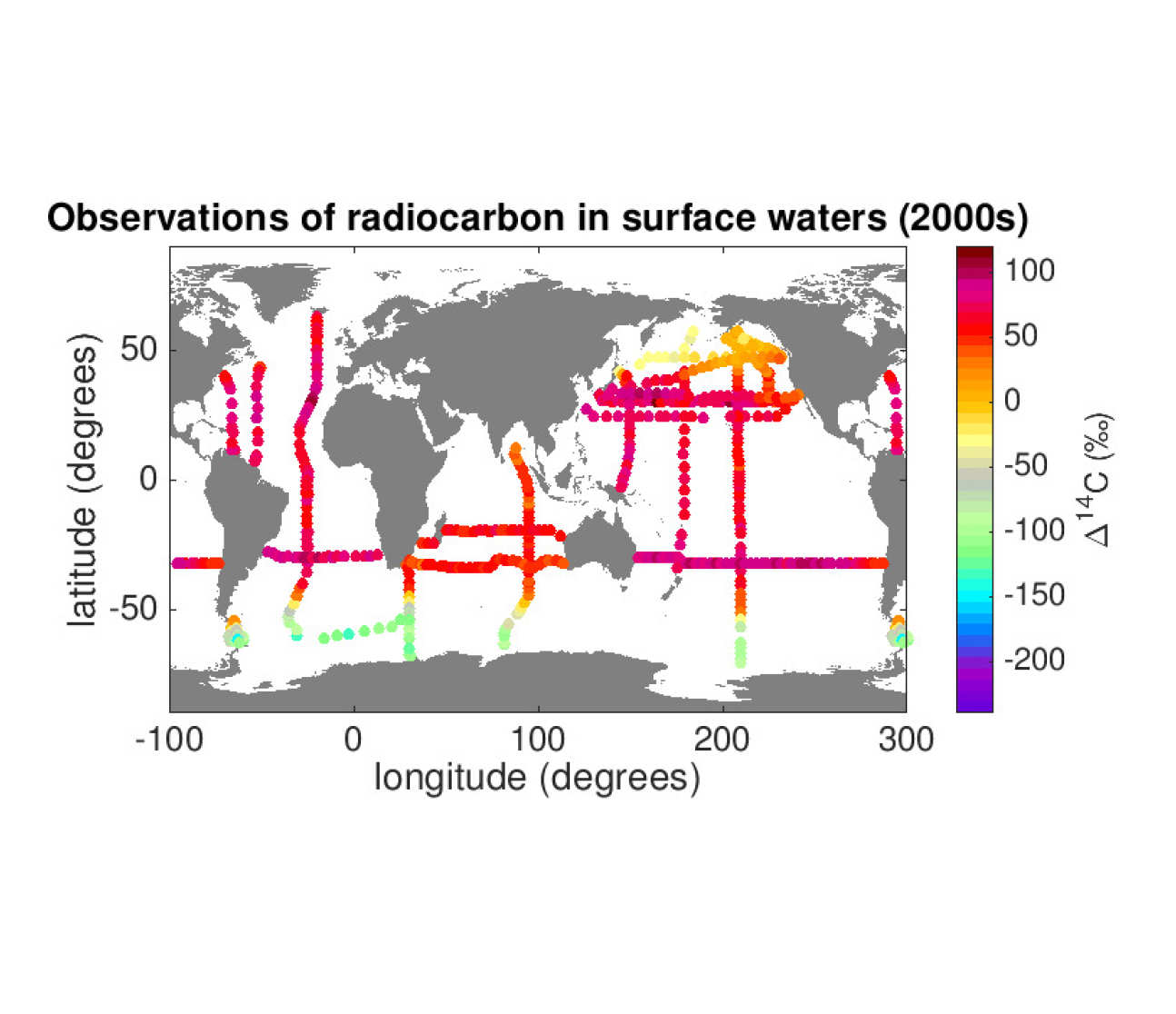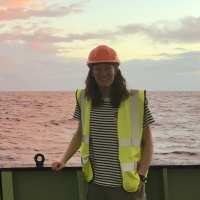We apply multidisciplinary strengths to unpick mechanisms and develop mitigation strategies for managing multiple facets of environmental change.
Reconstructing change
Ever since the Earth's creation, some 5 billion years ago, environmental change has been a defining characteristic of our planet. Our students are working on novel geoscience methods to map changes in Antarctic and Greenland ice sheets, ocean circulation, and Earth’s early atmosphere. Reconstructions of river channels showed the impact of river dynamics on the origin of Indian civilisation.

All rocks have a unique geochemical fingerprint. I study the geochemical signature of material deposited offshore of Antarctica to determine their original source area, even if this is now located beneath the ice. This gives us important clues into past variations in ice extent."
Rachel Bertram
SSCP DTP Student

Climate: prediction
The Intergovernmental Panel on Climate Change has concluded that "Taken as a whole, the range of published evidence indicates that the net damage costs of climate change are likely to be significant and to increase over time." Therefore it has become critical for scientists to predict future impacts of climate change. Our students have devised new models of poleward energy transport and new algorithms for forecasting to improve climate prediction. An AXA-funded project aims to improve knowledge of biotic feedbacks in global climate models, tree responses to elevated CO2, and the increase in high-latitude greenness, which led to a European Space Agency project.
Below: Global ocean radiocarbon observations collected in the 2000s. The areas of higher radiocarbon (pinks and reds) show waters which have had more recent and sustained contact with the atmosphere, while because radiocarbon decays over time, the areas of lower radiocarbon (blues and purples) show older waters which may not have been in contact with the atmosphere for hundreds of years.
I am using observations of oceanic transient tracers collected on ship-based cruises to compare with ocean models to investigate ocean transport and mixing processes. My project investigates how these processes respond to climate change, and the resulting impacts on the oceanic uptake of anthropogenic CO2 and ocean acidification."
Joanna Lester
SSCP DTP Student

Climate: mitigation
Mitigating climate change involves reducing the flow of heat-trapping greenhouse gases into the atmosphere, either by reducing sources of these gases (the burning of fossil fuels for example) or enhanced “sinks” that a store these gases (such as the oceans, forests and soil). We work on renewable energy sources, new carbon capture technology and cost-benefits of different carbon capture solutions. Core partner, the Zoological Society of London (ZSL), measures impacts of climate change for biodiversity, from remote-sensing of protected areas to long-term studies of endangered species.

I am interested in the energy systems transition necessary to meet the Paris Agreement targets, particularly the role of negative emissions technologies. My research currently focuses on the socio-techno-economic implications of deploying these technologies in the UK."
Habiba Ahut Daggash
SSCP DTP Student

Land-use
Land use change is a process by which human activities transform the natural landscape, usually emphasizing the role of land for economic activities. We look at how direct human induced land use impacts the natural environment. An example of this is the Projecting Responses of Ecological Diversity In Changing Terrestrial Systems (PREDICTs) project led by the Natural History Museum and Life Sciences that measures the effects of human-modification of the landscape on species richness and ecosystem functioning.
My research aims to improve our understanding of what happens to biodiversity when climate change (such as increasing temperatures) and land use change (such as clearing forests for agriculture) interact with each other. To do this, I use satellite remote sensing imagery to map changes in ecosystem structure and function."
Henrike Schulte To Buhne
SSCP DTP Student

Any questions?
For any queries related to our SSCP DTP studentships, please contact our Doctoral Training Coordinator, Christiane Morgan (c.morgan@imperial.ac.uk)
Climate & Environment at Imperial blog
Student blogs- Biodiversity credits: key principles and UK strengths
- Carbon capture technology is key to deliver on the UAE Consensus
- Cycling: the untapped potential for improving our health (and the climate)
- Words of wisdom from the women of SSCP DTP
- A day in the life: a fieldworker’s voyage into the highlands of Guinea
- Do we have a duty to clean up our climate pollution?